Articles
Ecomaterialist Theory – A Roundtable
Organized by Ludo de Roo and Hunter Vaughan
With contributions from Seán Cubitt, Adrian Ivakhiv and Elena Past

EXCERPT: “I like the notion ‘polysemous quicksand of metaphors and analogies,’ and Seán’s notion that the elemental offers one ‘option for working across what effectively are two sub-disciplines with shared goals but incompatible objects of study’: that material-discursive space in ecomedia studies where not just the media objects, but also the scholarship itself can be both perplexingly technical and wildly creative.” READ THE FULL ARTICLE HERE
The (un)natural history film: formalist tendencies old and new
By Colin Williamson

EXCERPT: “The critical discourse about the extent and effects of artifice in Hidden Kingdoms thus renewed concerns about the basic compatibility between learning and the generic tendencies that have come to define natural history filmmaking.” READ THE FULL ARTICLE HERE
Cancelling the apocalypse: Pacific Rim as chthulucinema
By Jamie Uy and William Brown

EXCERPT: “In other words, the kaiju problematize our notions of ‘the world’ and ‘our planet’ as anthropomorphic space or ‘human’ territory, suggesting instead that we share our planet with other lifeforms that arrive not from outside, but from within, via dimensions of our planet that are otherwise invisible to us, and which thus expose our understanding of the planet (and of our reality) as limited.” READ THE FULL ARTICLE HERE
Time, disaster, new media: Your Name as a mind-game film
By Tim Shao-Hung Teng

EXCERPT: “To understand [Your Name’s] appeal to the mobilized audiences nationwide and beyond, this essay argues that it is necessary to treat the 11 March 2011 catastrophe as a major reference point. Doing so would mean to consider the film as a critical response to the catastrophe not only from the perspective of narrative, but also on the fundamental levels of temporality and media ontology. For enmeshed within the film’s complex narrative of disaster and redemption is a nexus of contradicting temporalities, which both the post-traumatic society and its intensified application of media technologies generate. To be more specific, Shinkai Makoto’s film exemplifies a particular trend in contemporary film production: a deployment of complex narratives against the parameters of what Thomas Elsaesser calls the mind-game film.” READ THE FULL ARTICLE HERE
‘Humanity rising from the depths of brine’: an oceanic politics in Disney’s Moana (OA)
By Kevin Chew

Excerpt: “My reading will draw on such techniques as the ‘fluxed animated boundary method’, by which Moana’s animators attempted to render the complexity of the oceanic environment, to consider ways of reflecting on the abstracted materiality of digital animation. The ecological stakes of this materiality, I argue, reside in the interplay between the digital phenomenology of computer-generated animation and the ocean it seeks to portray. As I will elaborate, the simulations and compromises underlying the animation process imply a reassertion of the ocean’s materiality through its overwhelming immensity. Considering ‘the sea as theme and method’, in my reading, inverts the dynamic of mastery Balsom criticises by thinking through the ways in which quantities – the data guiding the animation process – are restored to qualities – the sense of oceanic enormity – in the animated spectacle.” READ THE FULL ARTICLE HERE
Sway of the Sea: The Wreck of Kathryn Bigelow’s Imperial Eco-Eschatology
By Ben Halligan
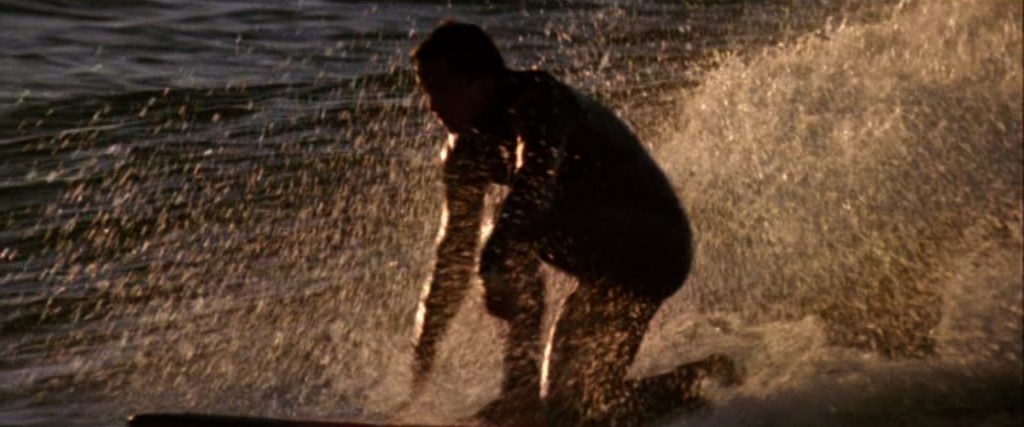
Excerpt: “My intention is to scope Bigelow’s soft or nascent fascism through a textual consideration of how she sutures ideas of destiny between man and landscape.” READ THE FULL ARTICLE HERE
Activist Horror Film: The Genre as Tool for Change
By Johnny Walker
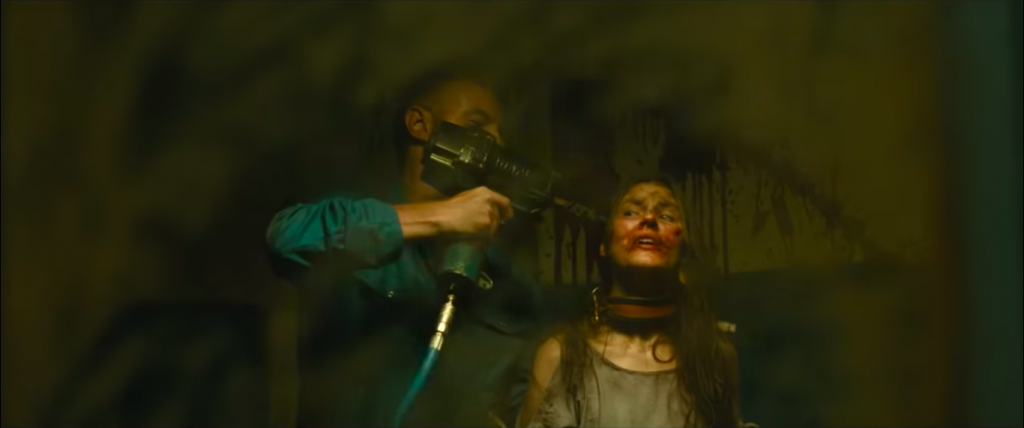
Excerpt: “Activist Horror Film, this article maintains, relies on explicit (as opposed to implicit or abstract) engagement with the cultural moment, is anchored to discrete sociopolitical and sociocultural causes, and is intentionally situated by its makers within the parameters of activist circles, driven by grass-roots-level resources, with a clear view to influence and then alter the behavior of individuals.” READ THE FULL ARTICLE HERE
Nobody’s home: the ecology of Terrence Malick
By Ted Geier
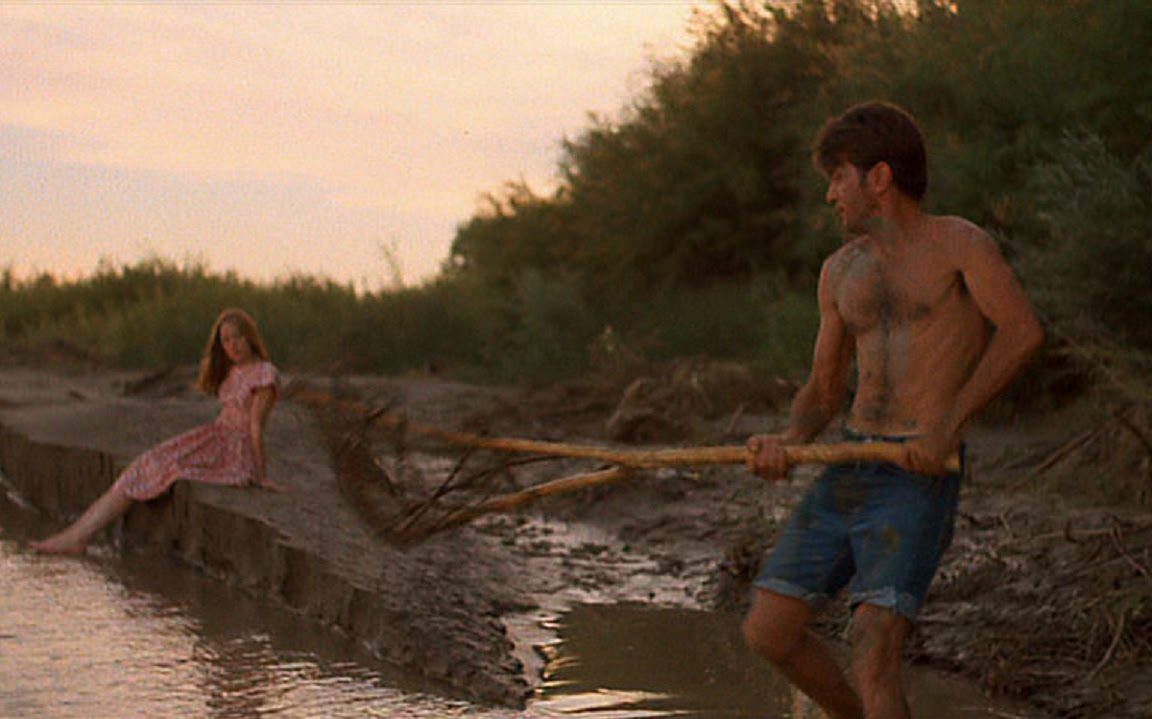
Excerpt: “Malick’s recent activity dramatically increases the oeuvre that must be considered, now barely half-touched. Prior approaches across his idiosyncratic gap in production may not fit the late Malick style, furthermore. The GoPro may, on the other hand, be an ideal inheritor of the freed POV explored through his and his collaborators’ earliest Steadicam innovations – the voiceover’s evolution is another characteristic stylistic that persists in his syntax. And increasingly, it must be the case that his cinema cannot be answered in a strict dialogue with philosophical precursors summarizing the films as an index of extra-cinematic propositions. This leaves to the side, to be sure, a host of film-philosophy claims. Most recently, and quite persuasively, Martin Rossouw has explained in this very journal how and why Malick so regularly appeals to philosophers.” READ THE FULL ARTICLE HERE
The physician of cinema: Terrence Malick’s Tree of Life
By Gregory Flaxman
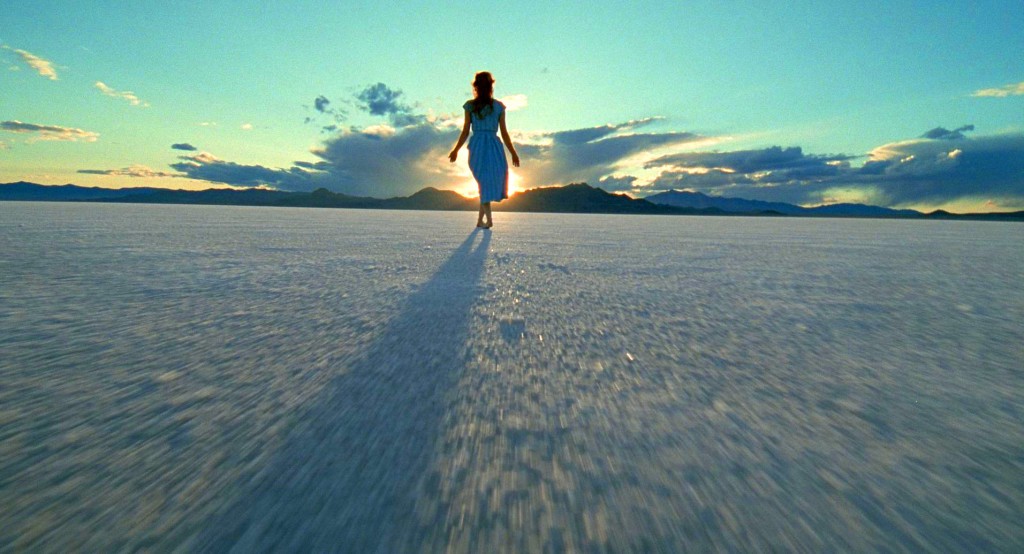
Excerpt: “With each of Malick’s films the natural world has grown, extending into ever-wider circuits of images, but this is not say that he is indifferent to human nature. If anything, the problems and questions concerned with ‘being human’ have become more desperate: characters do not merely ask for answers so much as they ask whether answers exist or if there is a God to answer. At one level, The Tree of Life is altogether immersed in the ‘all too human’ drama of the O’Brien family, but at another level, the film contends with the emergence of the universe and the evolution of life. Nowhere is the intersection of these two regimes – natural history and metaphysical-morality (homo sapiens) – more manifestly undertaken, and nowhere is the pathos of distance between them manifestly risked, than in Malick’s magnum opus, The Tree of Life.” READ THE FULL ARTICLE HERE
Alternative ethics for ecocinema: The Tree of Life and post-continuity aesthetics
By John Landreville
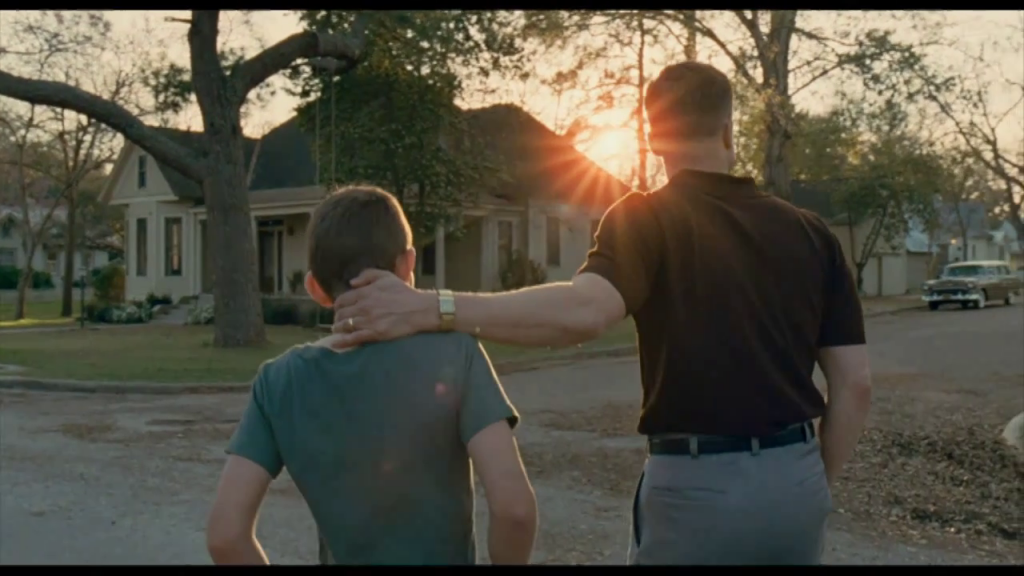
Excerpt: “Perhaps key to The Tree of Life is its nondifferentiation between heterogeneous registers of existence, placing human and cosmic scales of affect in the same continuum. As Timothy Morton puts it, ‘things influence one another such that they become entangled and smear together’ (Morton 2016, 150). The film flexes across shifts of subjective, roving camera work during its ‘earthly’ sections (the trials of the O’Brien family), a-subjective camera work (camera movement over lush or inhospitable landscapes), and the technical vision of the Cassini spacecraft photographing the cosmos. While the film may be bluntly framed as Jack’s (Sean Penn) recollections of his childhood, the line the film traces by agglomerating: the collision of cosmic bodies, the feel of grass, and the death of a son, cinematically smearstogether human and nonhuman scales of affect and worldhood.” READ THE FULL ARTICLE HERE
The Planet at the End of the World: ‘Event’ cinema and the representability of climate change
By Gill Branston
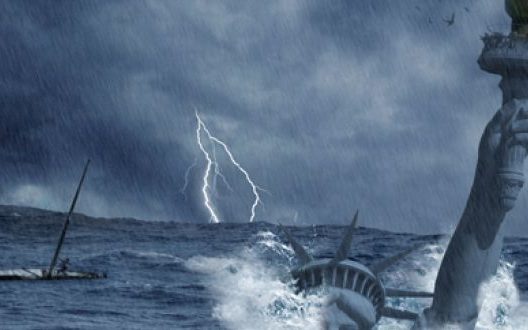
Excerpt: “In brief, dominant images of climate change rarely address the power structures of whatever parts of the ‘world’ are producing such uneven damage to human lives and to ‘the planet’ shaped by, and shaping them. Just as the term ‘mankind’ does not help us to think about how different groups of people will suffer, or not, from climate change, and indeed genders the whole debate unhelpfully, so the term ‘the planet’ arguably marginalises other ways of imagining eco‐politics. ‘Nature’ and ‘the natural’ are often imaged as under absolute terminal threat, and often as themselves embodying, quite simply and a‐historically, the values, diversity and practices needed for human survival. They are also often gendered. ‘Mother Nature’, for example, is regularly deployed in parts of this discourse, as elsewhere, as a metaphor for either a threatened benevolence or a set of cruel, fickle fates. Haraway discusses interestingly some key examples of this ‘nature’ figuration.” READ THE FULL ARTICLE HERE
‘This is an adventure’: The Life Aquatic with Steve Zissou and the spectacle of nature documentary
By David O’Grady
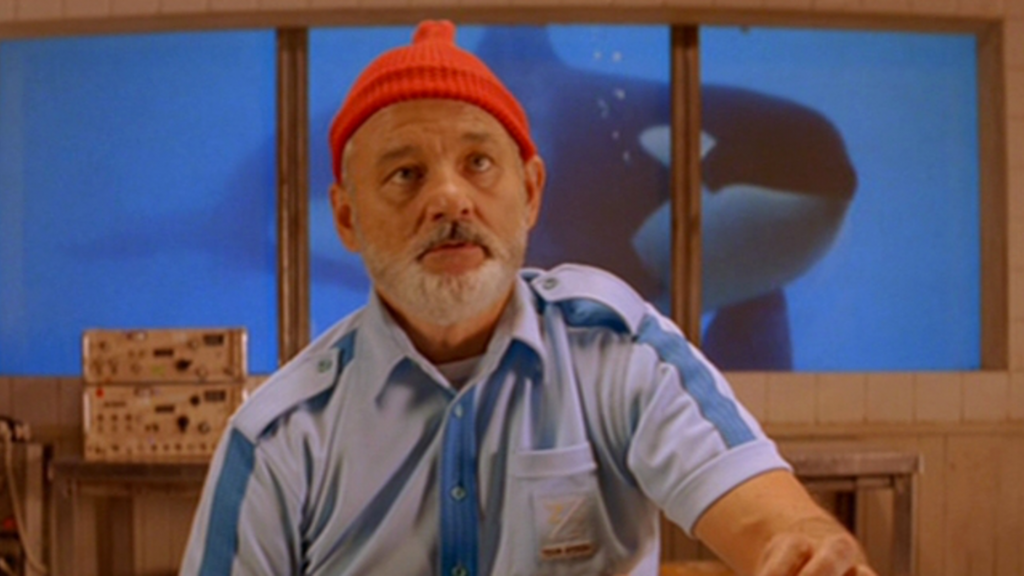
Excerpt: “The most significant mediation to The Life Aquatic‘s plot, however, is a failed one. Conveyed via documentary footage early in the film, Zissou surfaces next to the Belafonte in a panic – Esteban, he reports, has been eaten by an unprecedented jaguar shark. The crew notes that Zissou is suffering from ‘crazy eye’ – an apparent nitrogen-based side effect from diving. The diagnosis casts doubt over Zissou’s account of Esteban’s demise; more crucially, Zissou dropped the camera during the attack and therefore doesn’t have an image of the shark. Absent visible evidence of the most dramatic and poignant scene of his life – his moment of confrontation with mortality – Zissou must find the shark and subdue it with documentary mediation (and also, perhaps, with dynamite). At the end of the film, Zissou finally hunts down his cinematic prey, as his mini-submarine, the existentially named Deep Search, presents a spectatorial habitat from which crew and viewer alike gaze upon the fantastical creature with dutiful wonder.” READ THE FULL ARTICLE HERE
Screening nature (and the nature of the screen)
By W.J.T. Mitchell

Excerpt: “If we try to see nature with innocent eyes, as Ernst Gombrich noted long ago, we see nothing at all, or perhaps (as persons like myself, with a combination of myopia and astigmatism, know all too well) nothing but a chaotic blur of color and light. Nature itself does not see with innocent eyes, but employs elementary versions of screening practices. What we call ‘visual culture’ is really a complex interweaving of natural capacities and learned behaviors. Everyone who wears glasses knows that both nature and culture are constantly being screened in the act of visual perception as such, and that perception is itself a fabric in which nature and culture provide the warp and the woof. Plato’s Cave is, in fact, a scene that mixes the natural and the artificial in the most systematic way, transforming the cave into a theater, animals into sculpted figures, and mingling fire and sunlight, artificial and natural sources of light.” READ THE FULL ARTICLE HERE
Toward a dynamic ecocritical aesthetics: rethinking ‘Eco’ for the films of Terrence Malick
By Lee Carruthers
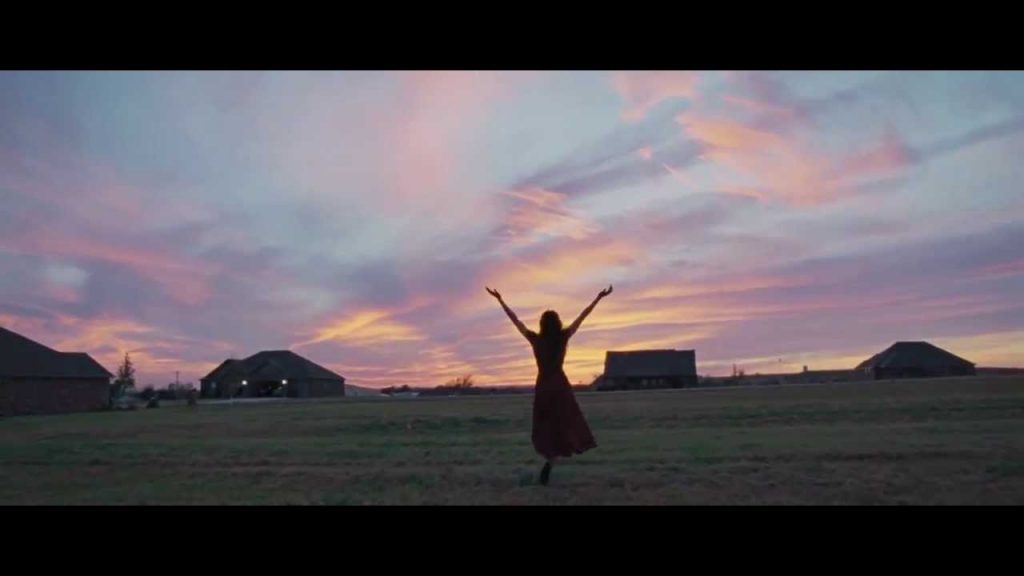
Excerpt: “Put another way, the new films are characterized by an elusive movement. But this elusiveness is strategic: it produces an unremitting emphasis, achieved by the arrangement of shots and their fleet execution, upon modes of experience that get away from us, perpetually evading our grasp. Significantly, Malick is not aiming at ineffability here: this quality is too often ascribed to his work, in a curious projection of critical inertia, as though the problem of interpretation posed by the films derived from their essential inexpressibility rather than from an insufficient critical vocabulary. What I’m remarking is a resistance to conventional practices that spurs viewing engagement, but is not itself a hermeneutic endpoint.” READ THE FULL ARTICLE HERE
Grief, ecocritical negativity, and the queer anti-pastoral
By Cameron Clark
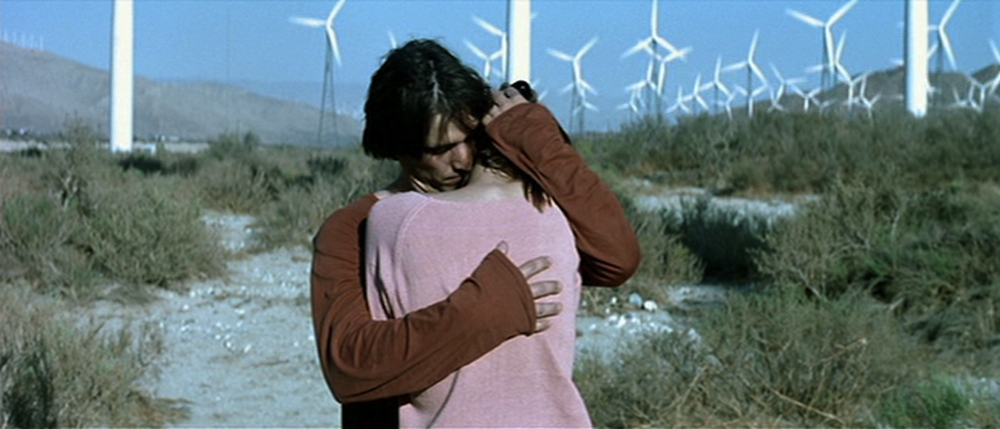
Excerpt: “The queer eco-critical pastoral, by contrast, is less inclined toward a myopic utopianism for queers within nature and also more attentive to collapsing racial, gendered, and sexual hierarchies, as well as fostering more direct connections between the human and the nonhuman. In Schoonover and Galt’s cinematic models for this pastoral, She Male Snails and Papilio Buddha, they locate examples of queers as ‘environmental stewards’ that ‘upturn rhetorics of human dominance over nonhuman nature, often by refusing to take part in the nature-culture binary that has proved so destructive for both queer people and the world’s ecology.’ This deconstructive project relies on visual juxtapositions that position queers in more caring affiliations within nature than their oppressive, ‘civilized’ heteronormative counterparts.” READ THE FULL ARTICLE HERE
Cinematic Arkitecture: Silent Running and the Spaceship Earth metaphor
By Matthew I. Thompson
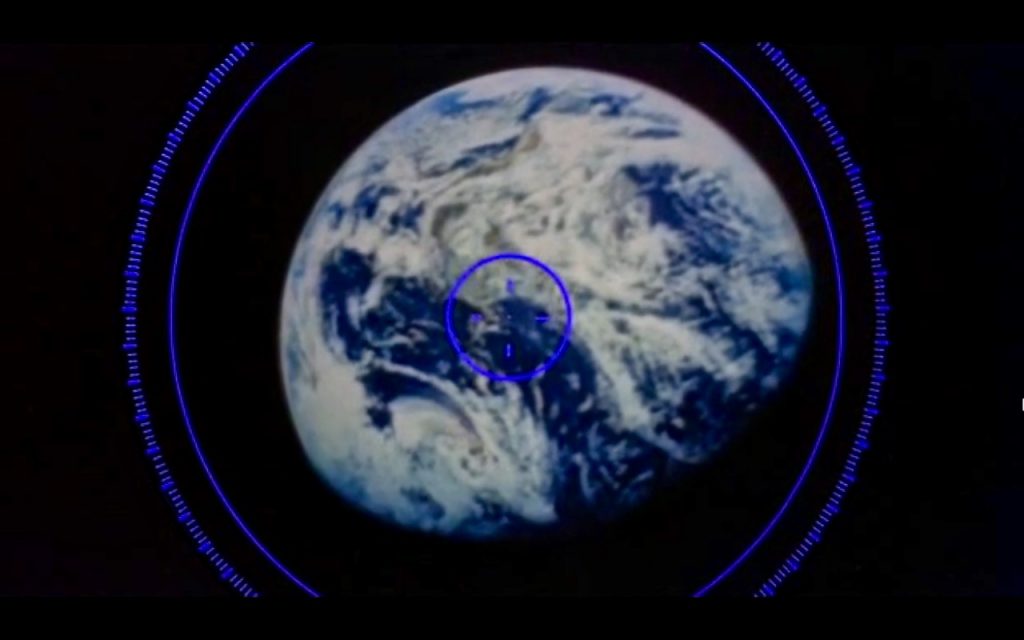
Excerpt: “If metaphors do in fact structure what we can think and know, then popular figures of speech like Spaceship Earth can provide insight into how a novel way of representing the world can determine the patterns available to ecological thought. Spaceship Earth functions like Black’s smoked screen; it allows certain similarities between the earth and a spaceship to shine through while obscuring critical differences. The images of the earth from space serve both as markers of techno-scientific progress and as incentives to protect the organic biosphere that so vividly sets the planet apart from its dark surroundings. They mirror the dual nature of the metaphor of Spaceship Earth, condensing technology and nonhuman nature into a single signifier. This fusion of technological progress and environmentalism was not viewed as problematic at the time by thinkers such as Fuller and Brand, and yet our continued inability to assess the environmental costs of technological development is one of the most pressing concerns for modern environmentalists. The Valley Forge is a perfect condensation of the technophilic environmentalism of Fuller, Brand, and to some extent the New Alchemists.” READ THE FULL ARTICLE HERE
Monkeywrenched images: ecocinema and sabotage
By Graig Uhlin

Excerpt: “The monkeywrenching of film produces an aggressive ecocinema that operates more through formal shocks than by creating immersive experiences of the natural world, as ecocinema is typically said to do. Ecocinema, as defined by Paula Willoquet-Maricondi, is distinguished from ‘environmentalist’ films on the basis of its ‘consciousness-raising and activist intentions.’ ‘Ecocinema overtly strives to inspire personal and political action on the part of viewers, stimulating our thinking so as to bring about concrete changes in the choices we make, daily and in the long run, as individuals and as societies, locally and globally.’ Ecocinema, she argues, promotes environmental awareness by presenting the viewer with an ecocentric perspective of the natural world as a corrective to anthropocentric biases. For Scott MacDonald, ecocinema instills a ‘deep appreciation’ of the environment by providing sustained focus on natural landscapes that are usually overlooked. This type of filmmaking demands ‘patience and mindfulness’ from a spectator asked to closely attend to ‘uneventful’ nature. Monkeywrenching’s confrontational tactics instead shock the complacency of the viewer, utilizing formal techniques that present wilderness not as untouched by humanity but injured by it.” READ THE FULL ARTICLE HERE
Reviews
Hollywood’s Dirtiest Secret: The Hidden Environmental Costs of the Movies

Reviewed by Joshua Schulze
Excerpt: “Vaughan organizes the book according to the natural elements – fire, water and wind – before staging an incisive unravelling of the hypocrisy enveloping the production and distribution of Avatar, which in many respects forms the centerpiece of his analysis. After considering the implications of cinema’s transition from analog to digital technology, the final chapter gestures forward in its insistence that ecomaterialist analysis should be locally oriented, in order to ascertain the environmental impact of individual production cultures, as well as their relationship to Hollywood. Further, the impassioned call for interdisciplinarity in environmental media studies is supplemented by an appealing synthesis of quantitative and qualitative approaches, urging scholars to think beyond the merely representational. In that respect, it is a more than welcome contribution to the field.” READ THE FULL REVIEW HERE
Action: Let’s Climb! History of Mountaineering and Climbing Film
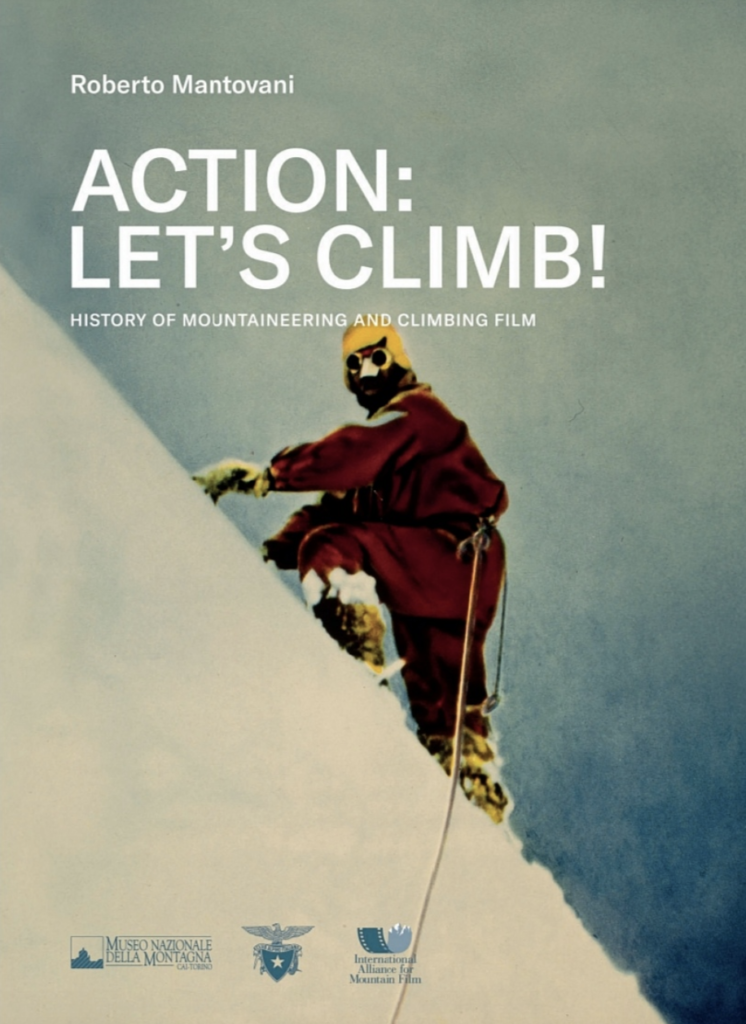
Reviewed by Kamaal Haque
Excerpt: “Mantovani’s wide-ranging work both challenges and reinforces much of what has previously been written on the topic, beginning with the definition of what exactly a mountain film is.” READ THE FULL REVIEW HERE
